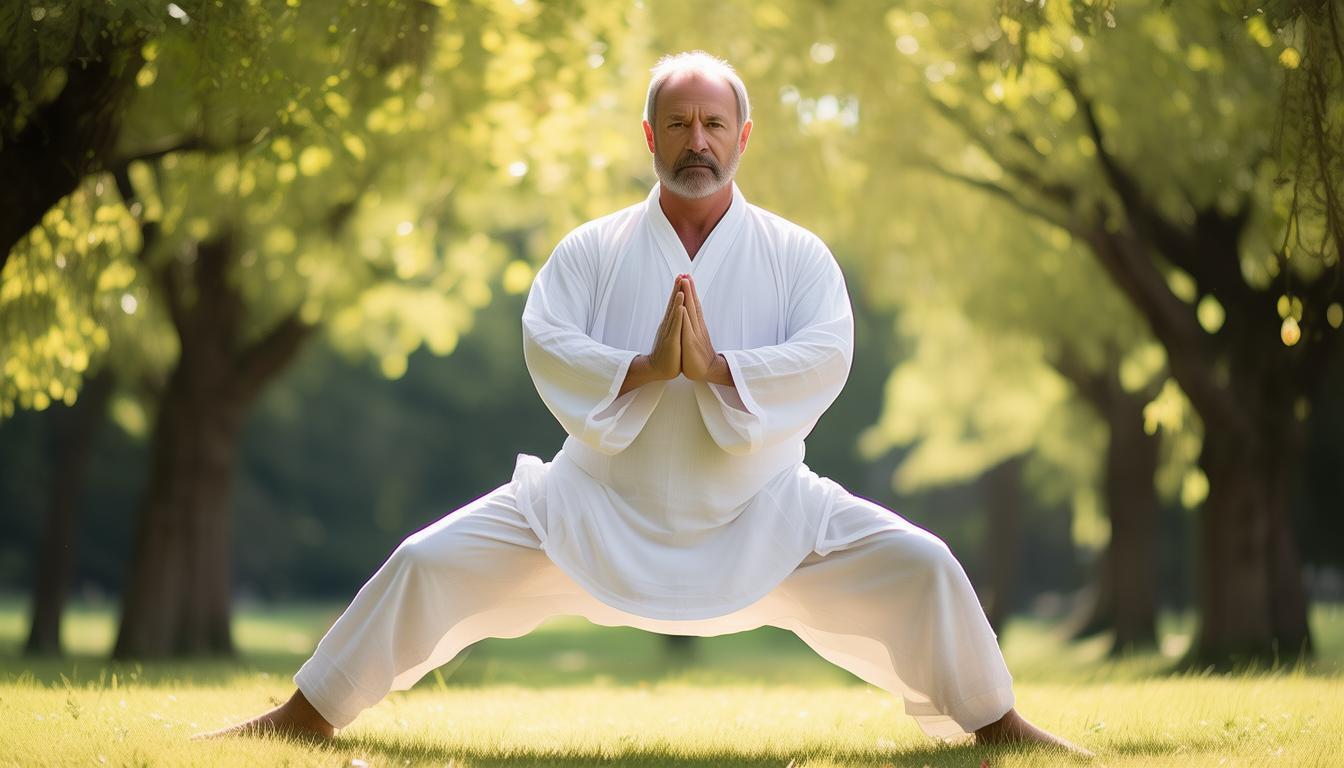Tai Chi shows the dynamic process of yin and yang changes, while qigong is a skill to deeply nourish the human body's qi and blood. Both of these contain the wisdom essence of Chinese traditional culture. They are not only ways to maintain health and strengthen the body, but also reflect a kind of life wisdom. By practicing Tai Chi and Qigong, people can not only gain a healthy body, but also nourish their own minds.
History origin
Tai Chi culture has a long history and its roots can be traced back to ancient Taoist thoughts. This martial art that integrates Yin-Yang philosophy into it was initially derived from practical combat skills on the battlefield. Over time, it continued to evolve and eventually developed into an art form that has both fitness functions and cultural heritage.
Qigong has a long history. As early as ancient times, people spontaneously used techniques such as adjusting breathing and breathing to enhance their physical fitness. After years of change, Qigong has absorbed the essence of diverse cultures such as traditional Chinese medicine and Taoism, and has continued to enrich and evolve.
Fitness effects
The slow motion of Tai Chi helps to train muscles and joints in all aspects. Through its unique round flow and circling Tai Chi Lessons , this movement can activate the muscle group that is less active, thereby enhancing the body's flexibility and improving balance. Especially for middle-aged and elderly people, it is very suitable for preventing falls.

Qigong practice emphasizes control of breathing. Doing so can enhance gas exchange in the lungs and improve breathing efficiency. In addition, it can regulate the endocrine system, thereby enhancing the body's immunity and allowing people to have stronger disease resistance.
Spiritual nourishment
When practicing Tai Chi, you must concentrate on every move and abandon distracting thoughts. This concentrating method can effectively relieve the pressure in daily life, making people feel relaxed after practice, as if they are in a peaceful paradise.
Qigong aims to achieve a high state of unity between body and mind, allowing people to experience inner peace in meditation and breathing, and eliminate negative emotions. This is like a clear spring, which can wash away the dirt on the mind and restore the mind to clear.
Cultural connotation
The dialectics of yin and yang, hardness and softness of Tai Chi contain the essence of Tai Chi thought. This vividly demonstrates the pursuit of harmony and unity in traditional Chinese culture, and also enlightens us to seek a balance in our daily lives.

Qigong demonstrated the ancients' deep understanding and respect for nature and human body. It advocates the concept of living in harmony with nature, pursuing the unity of man and nature, and teaches people to respect the laws of nature, Tai Chi For Health , and attaches importance to the value of life.
Practice suggestions
When beginners practice Tai Chi, they should gradually deepen and start with basic moves. You can follow experienced coaches to learn the standards of movements to ensure the accuracy of your standing posture and pace. During this process, it is not advisable to rush to increase the difficulty and intensity of the exercise.
The core of Qigong practice lies in breathing skills, and the initial stage can start from the most basic abdominal breathing. A fixed practice period should be set every day. At first, the practice time can be controlled to more than ten minutes. As the practice progresses, the duration should be gradually increased. During the practice, you must be patient and never rush to achieve success.
If you need to recommend a place suitable for practicing Tai Chi, I suggest you consider the following options. Looking forward to everyone's comments and comments. If you find the information helpful, please like and forward it!



